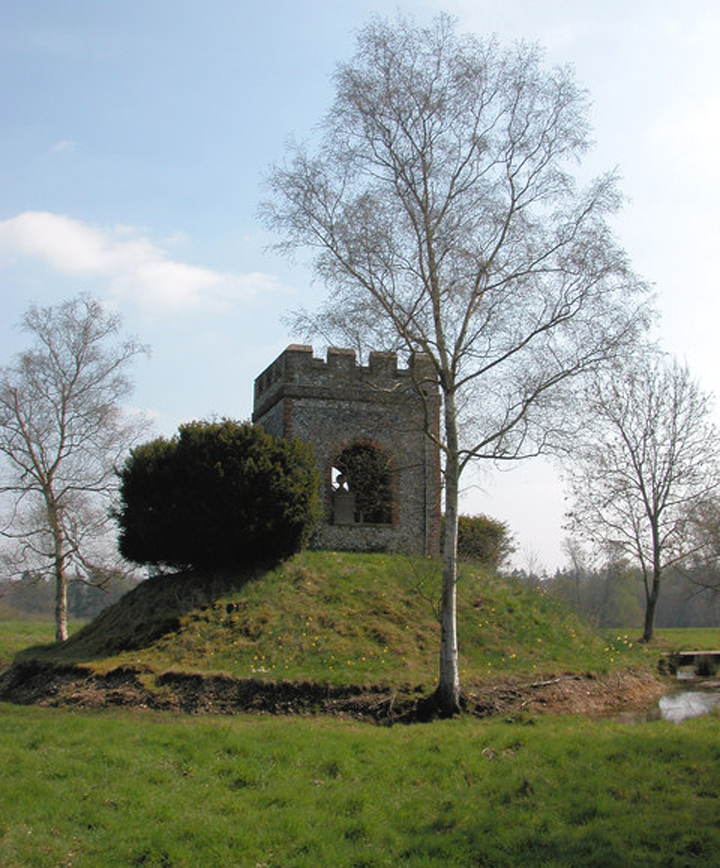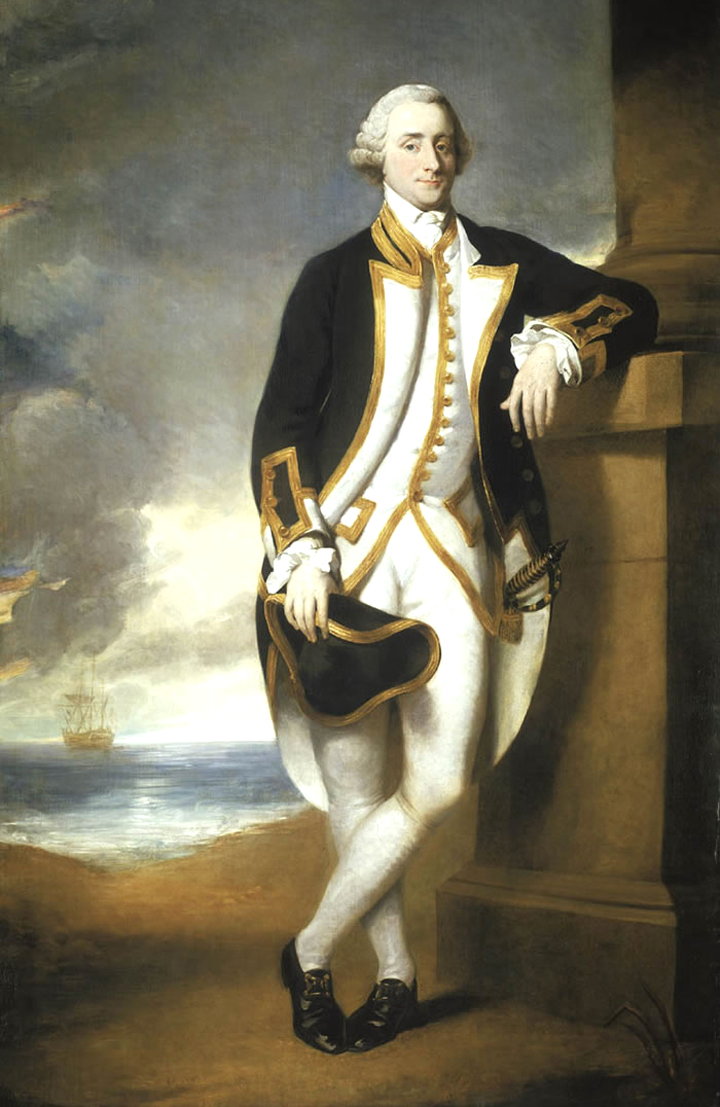Admiral Hugh Palliser was a Royal Navy officer who was the longest serving Governor of Newfoundland during the turbulent 18th century. He was born in Kirk Deighton, West Yorkshire, England on February 22, 1722 and at age 11 entered the navy on his uncle’s ship Aldborough. In 1741 he became lieutenant, and in 1746 a captain, commanding several ships during the War of the Austrian Succession. Soon after the outbreak of the Seven Years’ War, Palliser was given command of the 60-gun HMS Eagle, in which he participated in the blockade of French ports. In 1757 he was present in Vice-Admiral Francis Holburne’s fleet at Louisbourg, Île Royale (Cape Breton Island), and in 1759 he commanded the Shrewsbury during the siege of Quebec. After the surrender of the town, Palliser had the honour of landing to take possession of the Lower Town.
In 1764, Palliser succeeded Thomas Graves as Governor and Commander-in-Chief of Newfoundland. He arrived April 18 on board the 50-gun HMS Guernsey and soon began policing British sovereignty on the south and west coasts. He arrived in the Bay of Islands on July 24 where his little fleet of four ships – including the Pearl, Tweed and Zephyr – took stock of the region’s natural resources and previous French occupation, and with the assistance of Guernsey’s master Joseph Gilbert, surveyed and named the bay’s landmark features, including Guernsey, Tweed and Pearl Islands and Humber River.
Palliser finished his term as Governor in 1768 and was created a baronet in 1773. He was elected to parliament in 1774 and promoted to vice-admiral in 1778, admiral in 1787. He is remembered for the Newfoundland Fisheries Act (also known as “Palliser’s Act”) of 1775, designed to encourage and regulate ship fisheries in Newfoundland, and his association with James Cook, a fellow Yorkshireman.
Cook first served under Palliser as Master’s Mate of HMS Eagle from 1755 to 1756. Palliser supported his promotion to Master in 1757 and both were present at the siege of Quebec where Cook charted the river’s approach to the town and landing area. In 1763 after the Seven Years War, Cook was charged with surveying the coasts of Newfoundland, where Palliser became governor in 1764. Palliser supported Cook’s work and assisted in the publication of his charts and maps. During his term as Comptroller of the Navy (1770-75), Palliser supported Cook’s voyages to the Pacific Ocean, where Cook named several landmarks after him. On Cook’s death, Palliser erected a memorial to Cook at the Vache, his estate in Buckinghamshire. The inscription reads: “To the memory of Captain James Cook, the ablest and most renowned Navigator this or any country hath produced. He raised himself solely by his merit from a very obscure birth to the rank of a Post Captain in the Royal Navy, and was unfortunately killed by the Savages of the island Owhyee on the 14th of February 1779.”

Captain James Cook Monument at The Vache
Admiral Hugh Palliser died on March 19, 1796 at the Vache and is buried at the parish church of St Giles, where there is a memorial to him.
In Newfoundland, Route 440 on the North Shore of the Bay of Islands is named Admiral Palliser Trail in his honour.
Showing the Flag: Hugh Palliser in Western Newfoundland, 1763-1766, by Olaf Janzen
Hover cursor over top of document to zoom and change page

